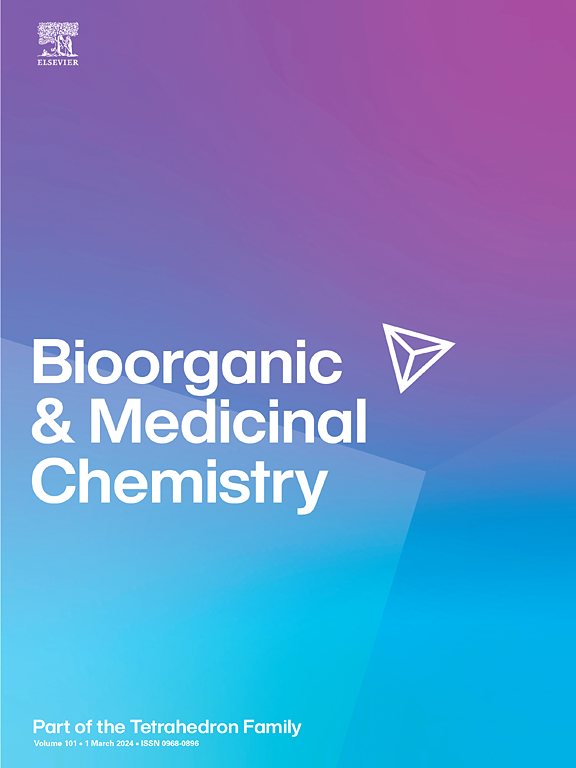Rational design of AIEgens through π-bridge engineering for dual-modal photodynamic and photothermal therapy
IF 3.3
3区 医学
Q2 BIOCHEMISTRY & MOLECULAR BIOLOGY
引用次数: 0
Abstract
A series of aggregation-induced emission luminogens (AIEgens) with donor–π–acceptor (D–π–A) architecture were rationally designed and synthesized through π-bridge engineering for dual-modal photodynamic and photothermal therapy. The AIEgens (TPT, TFT, and TTT) were constructed using methoxy-substituted tetraphenylene as the electron donor and tricyanofuran as the electron acceptor, connected via different π-bridges (phenyl, furan, or thiophene). These compounds exhibited red-shifted absorption (460–545 nm) and emission (712–720 nm) with remarkable aggregation-induced emission characteristics. Among them, TTT demonstrated superior photophysical properties and was successfully encapsulated into amphiphilic calixarene-based nanoparticles (T@Q NPs) with uniform morphology. The T@Q NPs showed efficient reactive oxygen species generation and photothermal conversion (η = 6.98 %), enabling effective tumor cell ablation through combined photodynamic and photothermal therapy. In vivo studies revealed that T@Q NPs achieved 70 % tumor growth inhibition in 4T1 tumor-bearing mice without obvious systemic toxicity. This work presents an effective strategy for designing AIEgens-based phototherapeutic agents through π-bridge engineering, offering promising candidates for clinical translation in tumor phototherapy.

求助全文
约1分钟内获得全文
求助全文
来源期刊

Bioorganic & Medicinal Chemistry
医学-生化与分子生物学
CiteScore
6.80
自引率
2.90%
发文量
413
审稿时长
17 days
期刊介绍:
Bioorganic & Medicinal Chemistry provides an international forum for the publication of full original research papers and critical reviews on molecular interactions in key biological targets such as receptors, channels, enzymes, nucleotides, lipids and saccharides.
The aim of the journal is to promote a better understanding at the molecular level of life processes, and living organisms, as well as the interaction of these with chemical agents. A special feature will be that colour illustrations will be reproduced at no charge to the author, provided that the Editor agrees that colour is essential to the information content of the illustration in question.
 求助内容:
求助内容: 应助结果提醒方式:
应助结果提醒方式:


